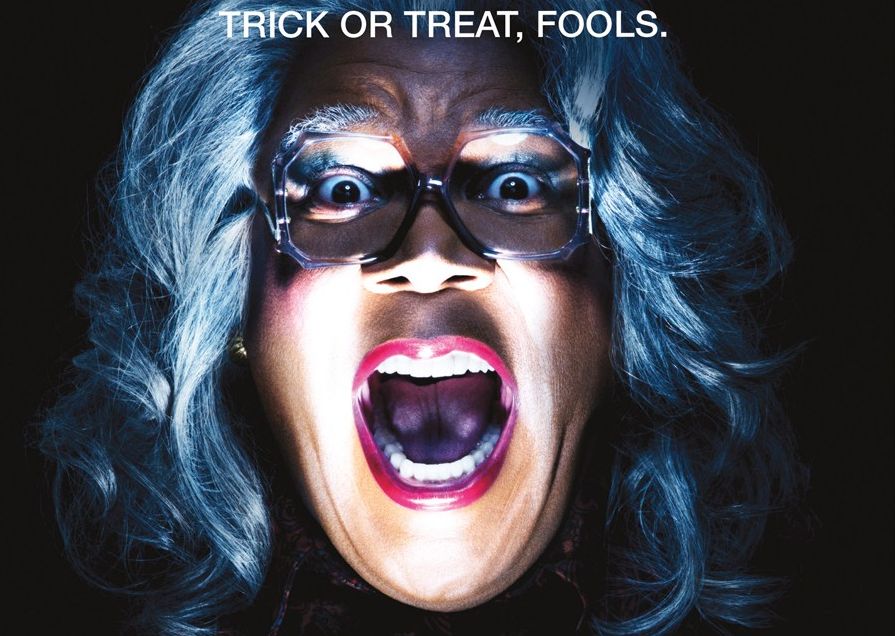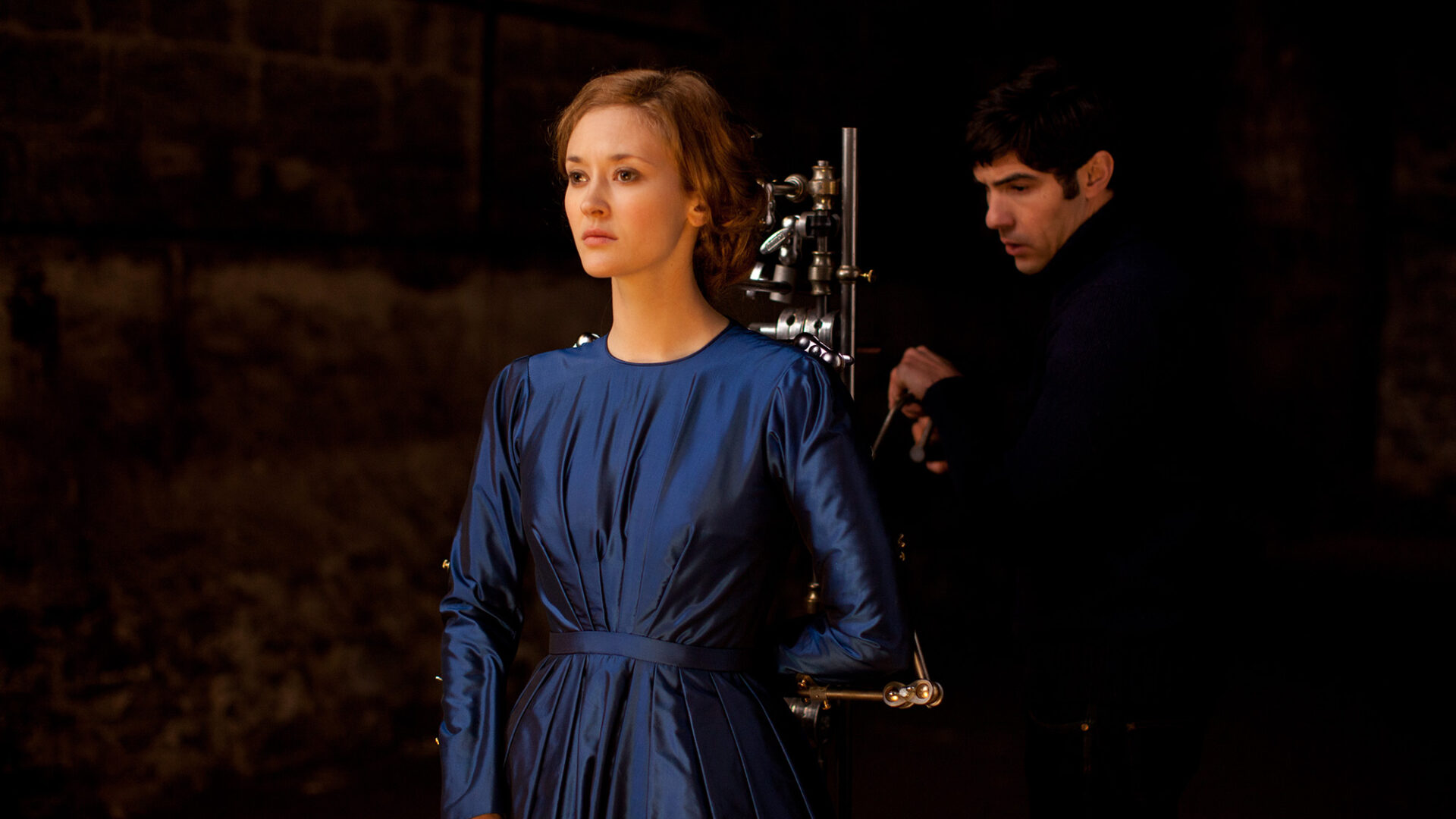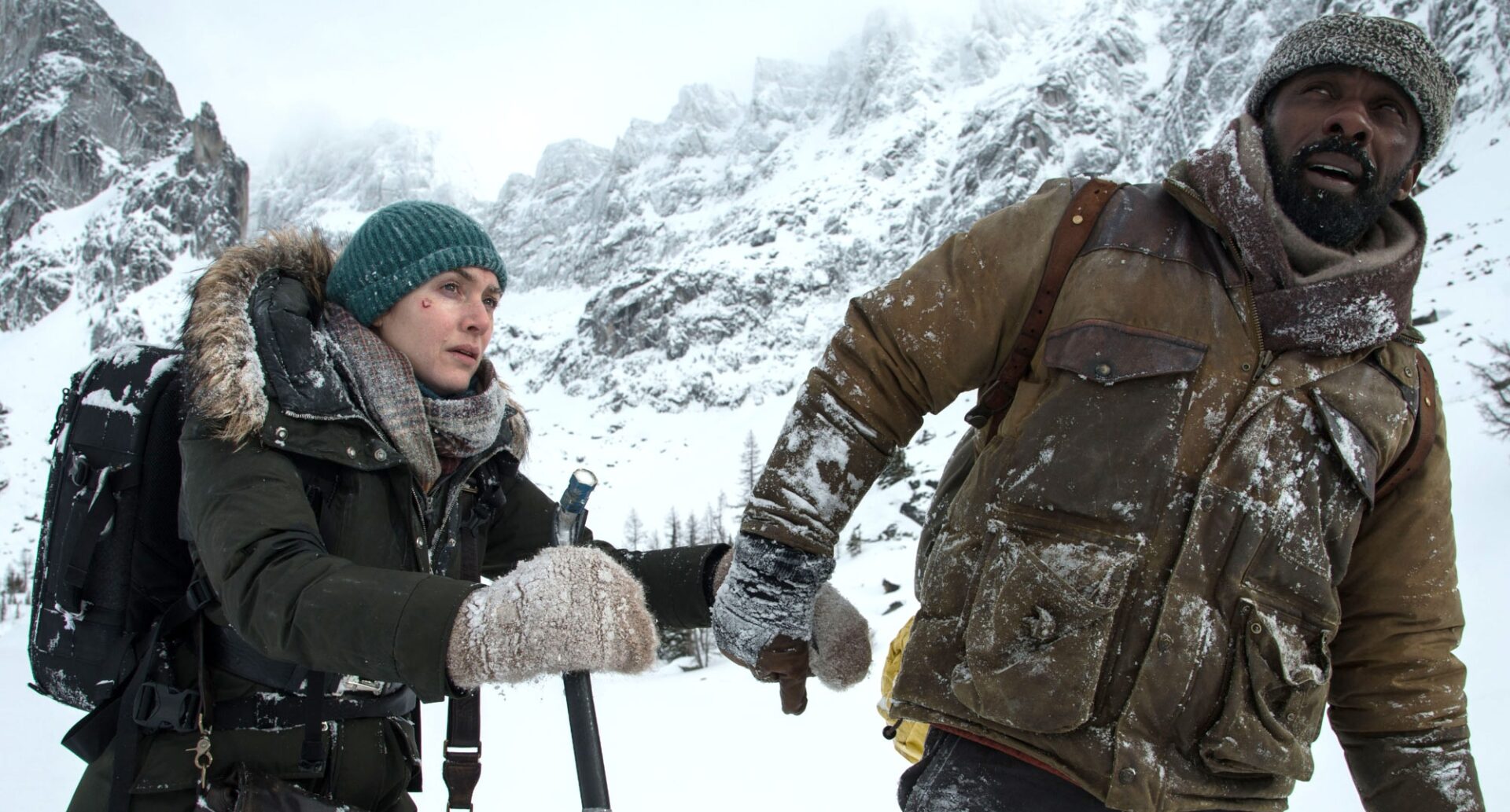At last year’s South By Southwest, I saw a 70s retro-styled horror film called Late Night With The Devil, and I enjoyed it. The late-night talk show premise provided a fresh take on the often-used possession theme, and David Dastmalchian finally got his just due to show he could be in a leading role. As with many of these festivals, a long time may pass until these films are distributed to a broad audience. Thus, I was singing it’s praises to people who had no idea what I was talking about. Seeing an original concept that is not based on a tried-and-true horror franchise get its time in the sun is good. When I saw Late Night, I was unaware that AI was used in three still images throughout the film. Honestly, I don’t think I would have known unless various people pointed out that fact to me. That’s interesting because these enhancements were made in 2022 — right before AI would become a significant point of contention with the WGA and SAG-AFRA strikes a year later.
Upon learning about the use of AI in Late Night With The Devil, we’re presented with a couple of thorny things to confront. Some might argue, ‘It’s just three images, not as significant as an actor or a script. Why make a fuss?’ This viewpoint is understandable, especially in an industry where studios and distributors often play it safe with sequels and reboots. In Late Night’s case, it’s an independent film banking on positive word-of-mouth. The horror genre feels like one of the only pillars that offers a unique space for experimentation and growth. However, if we, the viewers, overlook these subtle AI enhancements, are we inadvertently endorsing their use? If I hadn’t noticed it, other people might not have seen it. That’s something a major company might be banking out. That saying, “If you give an inch, they take a mile,” might apply to a world of capitalism and corner cuts. The controversy surrounding Late Night With The Devil is just one facet of a larger debate about the role of AI in the film industry. OpenAI is not hiding its desire for more collaborations with its AI video-generating software, Sora, in tandem with Hollywood studios. Writer/director Tyler Perry also decided to halt his $800 million studio expansion due to the video generator’s capabilities and even noted jobs would be lost.
While the immediate focus might be on the impact on actors, writers, and directors, we must also consider the implications for the set crew, animation departments, makeup artists, and other creatives’ below the line. Say what you want about Madame Web as a film, but the decision to shoot on location made New York feel like the city it was in. It wasn’t like Disney’s usage of The Volume. The issue with Late Night With The Devil is part of a more extensive discussion until actual parameters are made at a time when many creative industries are reeling from budget cutbacks and excessive amounts of job loss. It’s not that we can’t use AI to make creatives’ lives easier; it’s that we can’t trust those who hold the keys to the tool to replace those who make the magic happen. Creativity that invokes something like Late Night With The Devil takes imagination and people’s hard work coming together to ready it for prime times. Something like that doesn’t happen when you type in a prompt for a program to combine stolen things in a mish-mash of stuff. I cringe a little when people use this tech as a demented game of mad libs saying, “Oh, now we can finally put Al Pacino and Robert DeNiro in a Marvel film. Hooray!”
Unfortunately, this film has been caught in the crossfire of a highly contested discussion. However, if we don’t address these things now, we may never have a chance to do so before the wheels really fall off.













